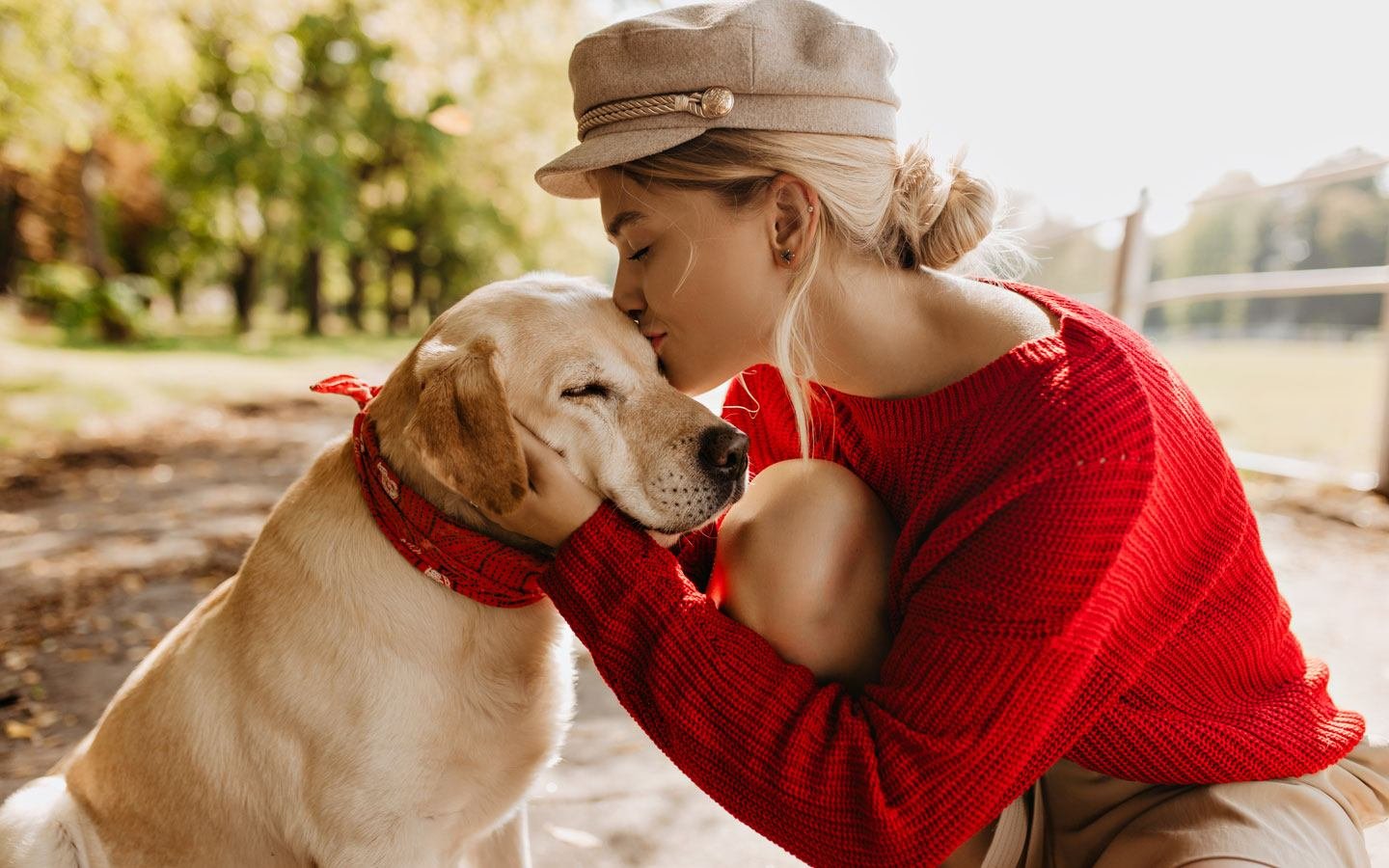As pet parents, we’ve all been there – our furry friend is barking non-stop, chewing on our favorite shoes, or refusing to listen to basic commands. But fear not, dear pet owners! With the right training and socialization, your pet can become a well-behaved and loving companion.
In this comprehensive guide, we’ll delve into the world of pet behavior and training, covering common behavioral issues, the importance of socialization, and effective training methods like agility, clicker, and positive reinforcement.
Common Behavioral Issues in Pets
Before we dive into the solutions, let's first identify some common behavioral issues in pets:
1. Barking and Whining: Excessive barking and whining can be caused by boredom, anxiety, or attention-seeking behavior.
2. Chewing and Destruction: Pets, especially puppies love to chew on things, but this can lead to destruction of property and even harm to themselves.
3. House Soiling: Accidents in the house can be frustrating, but they're often a sign of inadequate training or medical issues.
4. Aggression: Growling, snapping, or biting can be a serious issue, requiring professional help and training.
5. Separation Anxiety: Pets can become distressed when left alone, leading to destructive behavior and anxiety.
Why Socialization Matters?
Socialization is critical for pets, especially during their formative years. It helps them develop good manners, reduces anxiety and fear-based behaviors, and strengthens the bond between pet and owner.
Here are some ways to socialize your pet:
1. Expose them to new environments: Take your pet on regular outings to parks, pet stores, and friends' homes.
2. Introduce them to new people and animals: Arrange playdates with other pets and encourage interactions with new people.
3. Provide mental stimulation: Engage your pet in puzzle toys, obedience training, and scent work.
Training Methods
There are various training methods available, each with its own benefits and drawbacks. Here are some popular methods:
1. Positive Reinforcement: Reward good behavior with treats, praise, and affection.
2. Clicker Training: Use a clicker to mark good behavior and reward with treats.
3. Agility Training: Fun physical and mental exercise that promotes obedience and teamwork.
4. Obedience Training: Basic commands and behaviors that establish a strong foundation for further training.
Benefits of Training
Training is essential for pets, offering numerous benefits that improve their behavior, well-being, and relationship with their owners.
Here are some benefits of training:
1. Improved behavior and obedience: Training helps pets understand what's expected of them, reducing behavioral issues.
2. Reduced stress and anxiety: Training provides mental stimulation and exercise, reducing stress and anxiety.
3. Enhanced communication: Training strengthens the bond between pet and owner, improving communication and understanding.
4. Increased trust and confidence: Training helps pets develop trust and confidence in their owners, leading to a more harmonious relationship.
Tips for Successful Training
To ensure successful training, follow these tips:
1. Be consistent and patient: Training takes time, effort, and patience. Consistency is key to developing good habits.
2. Use positive reinforcement techniques: Reward good behavior with treats, praise, and affection.
3. Start training early: Begin training as soon as possible, ideally from 8-10 weeks old.
4. Keep training sessions short and fun: Training should be enjoyable for both pets and owners. Keep sessions short and rewarding.
5. Reward good behavior and ignore bad behavior: Focus on rewarding good behavior, rather than punishing bad behavior.
Frequently Asked Questions (FAQs)
Q: What's the best age to start training my pet?
A: The earlier, the better! Puppies can start learning basic commands and socialization skills from 8-10 weeks old.
Q: How long does training take?
A: Training is an ongoing process that requires patience, consistency, and positive reinforcement. Depending on the complexity of the behavior, training can take anywhere from a few weeks to several months
Q: What's the difference between positive reinforcement and punishment-based training?
A: Positive reinforcement rewards good behavior, while punishment-based training focuses on punishing bad behavior.
Summary: Transform Your Pet's Behavior with PawPaa
At PawPaa, we understand that every pet is unique, with their own set of behaviors and quirks. That's why we offer a range of pet behavior and training services designed to address common issues and promote positive habits.
Our team of experienced trainers and behaviorists work closely with you to identify areas for improvement and develop customized training plans that cater to your pet's individual needs.
From socialization and obedience training to agility and clicker training, we provide a supportive and nurturing environment that fosters growth, learning, and fun.
At PawPaa, we're committed to helping you strengthen the bond with your pet and unlock their full potential. Contact us today to learn more about our pet behavior and training services and schedule a consultation with our expert team.


Wpbingo
Lorem ipsum dolor sit amet, consectetur adipiscing elit. Nam fringilla augue nec est tristique auctor. Donec non est at libero vulputate rutrum. Morbi ornare lectus quis justo gravida semper. Nulla tellus mi, vulputate adipiscing cursus eu, suscipit id nulla.